J. Compos. Sci., Free Full-Text
Por um escritor misterioso
Last updated 08 janeiro 2025

Spider silk is an astonishingly tough biomaterial that consists almost entirely of large proteins. Studying the secrets behind the high strength nature of spider webs is very challenging due to their miniature size. In spite of their complex nature, researchers have always been inspired to mimic Nature for developing new products or enhancing the performance of existing technologies. Accordingly, the spider web can be taken as a model for optimal fiber orientation for composite materials to be used in critical structural applications. In this study an attempt is made to analyze the geometrical characteristics of the web construction building units such as spirals and radials. As a measurement tool, we have used a developed MATLAB algorithm code for measuring the node to node of rings and radials angle of orientation. Spider web image samples were collected randomly from an ecological niche with black background sample collection tools. The study shows that the radial angle of orientation is 12.7 degrees with 5 mm distance for the spirals’ mesh size. The extracted geometrical numeric values from the spider web show moderately skewed statistical data. The study sheds light on spider web utilization to develop an optimized fiber orientation reinforced composite structure for constructing, for instance, shell structures, pressure vessels and fuselage cones for the aviation industry.
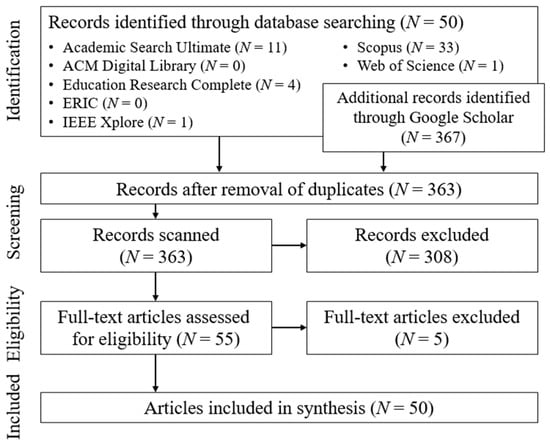
Education Sciences, Free Full-Text

Journal of Composites Science An Open Access Journal from MDPI

Pretension-Free and Self-Recoverable Coiled Artificial Muscle Fibers with Powerful Cyclic Work Capability

Global, regional, and national burden of stroke and its risk factors, 1990–2019: a systematic analysis for the Global Burden of Disease Study 2019 - The Lancet Neurology

Multifunctional Carbon Fiber Composites: A Structural, Energy Harvesting, Strain-Sensing Material

Dual-Mode and Label-Free Detection of Exosomes from Plasma Using an Electrochemical Quartz Crystal Microbalance with Dissipation Monitoring

Applied Sciences, Free Full-Text
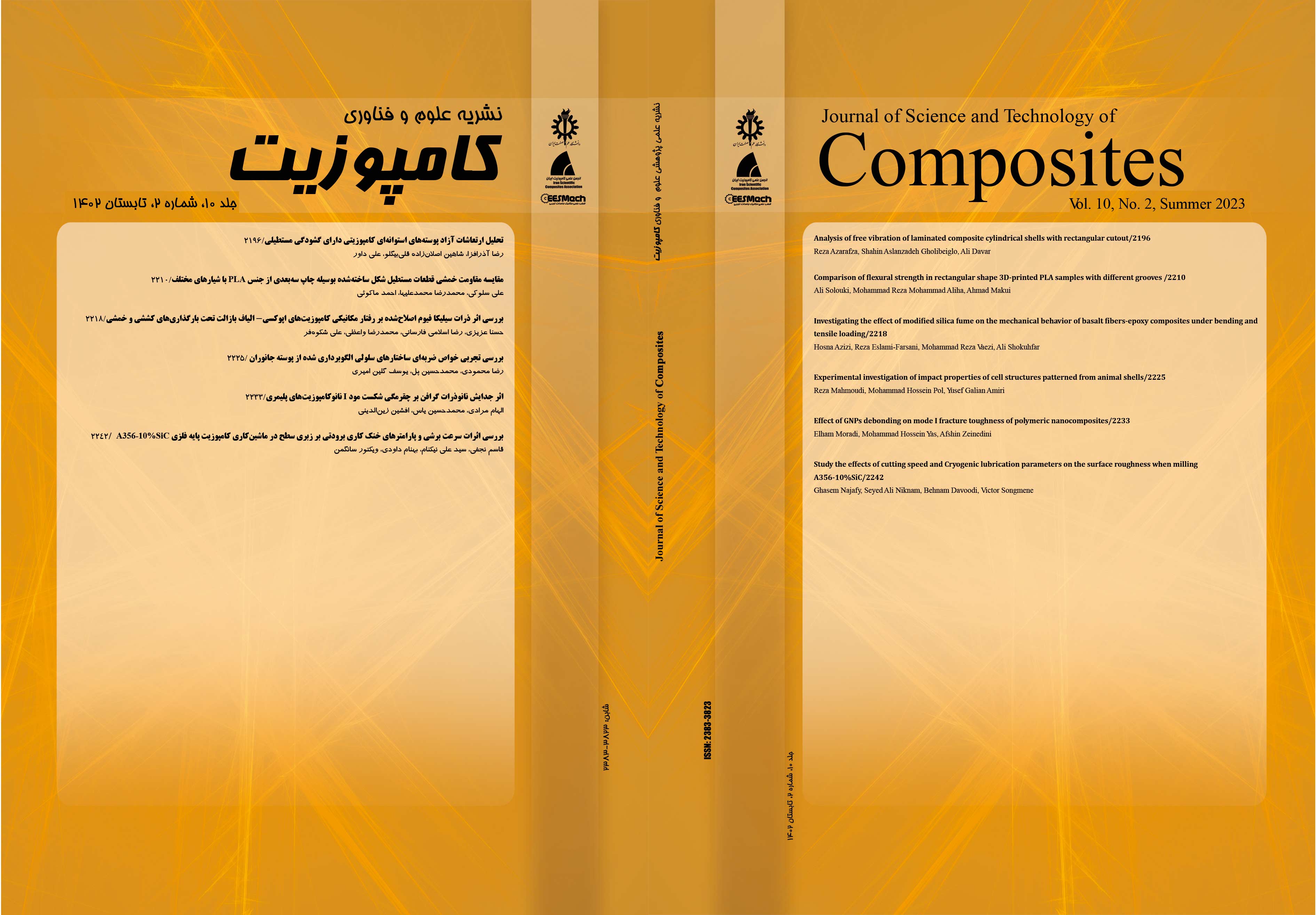
Journal of Science and Technology of Composites

Empagliflozin in Heart Failure with a Preserved Ejection Fraction

3D printing of cellulose nanocrystals based composites to build robust biomimetic scaffolds for bone tissue engineering

Full article: Understanding interfacial dispersions in ecobenign polymer nano-biocomposites
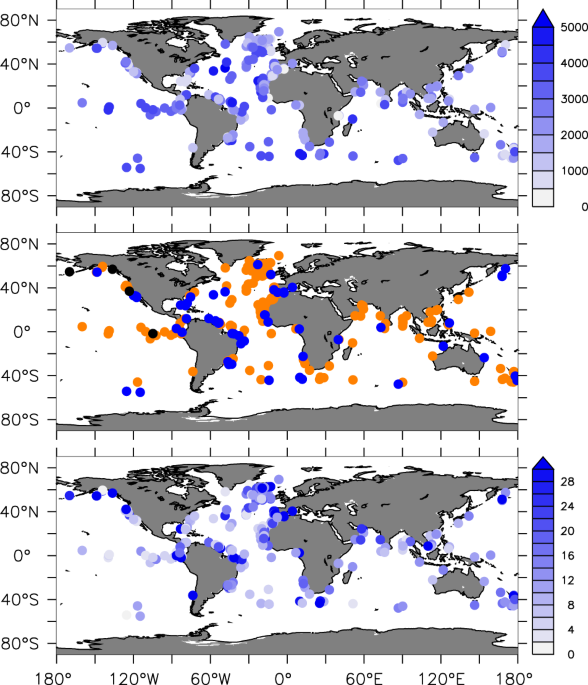
A global synthesis of high-resolution stable isotope data from benthic foraminifera of the last deglaciation
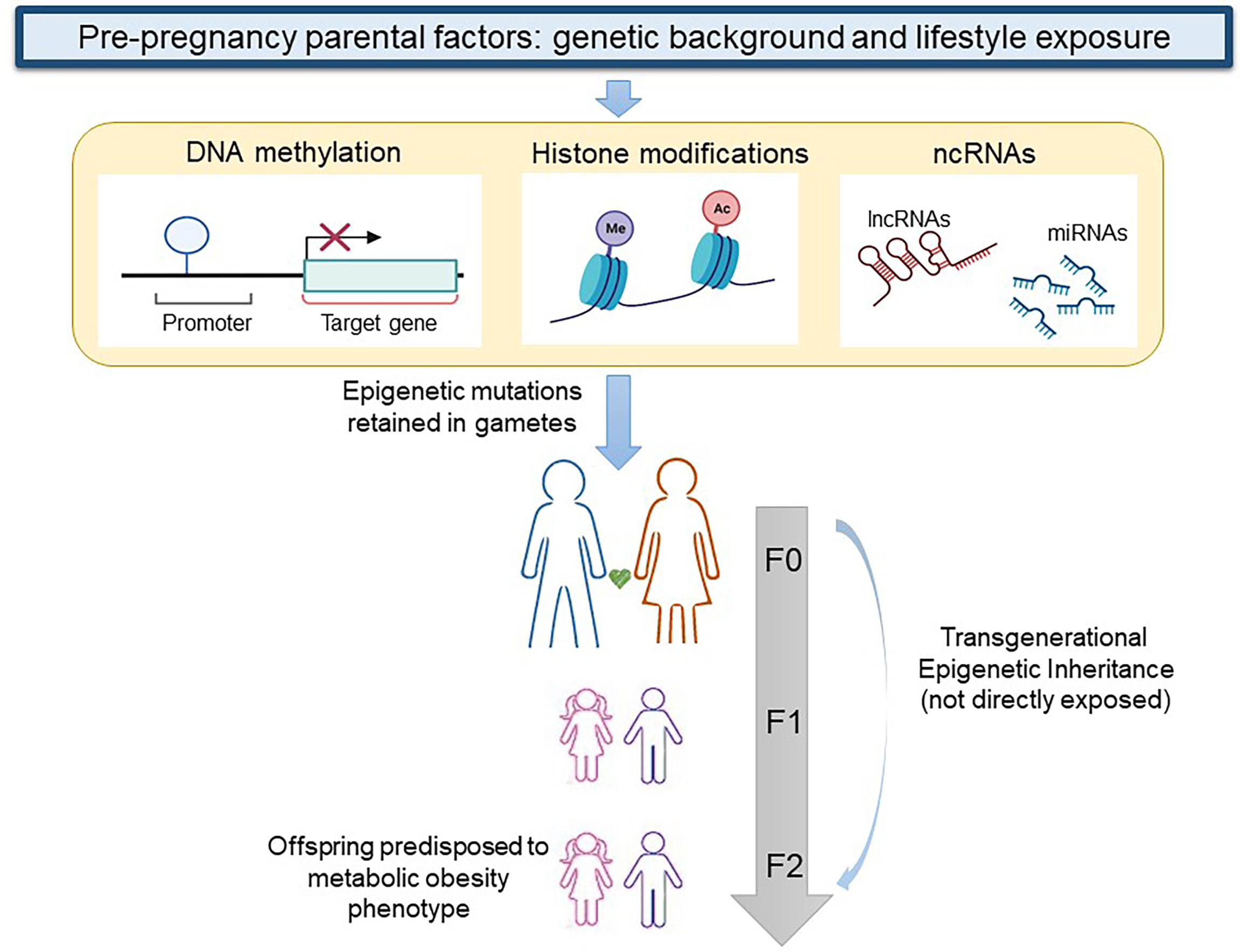
Frontiers Genetics, epigenetics and transgenerational transmission of obesity in children

A review of 3D and 4D printing of natural fibre biocomposites - ScienceDirect
Recomendado para você
-
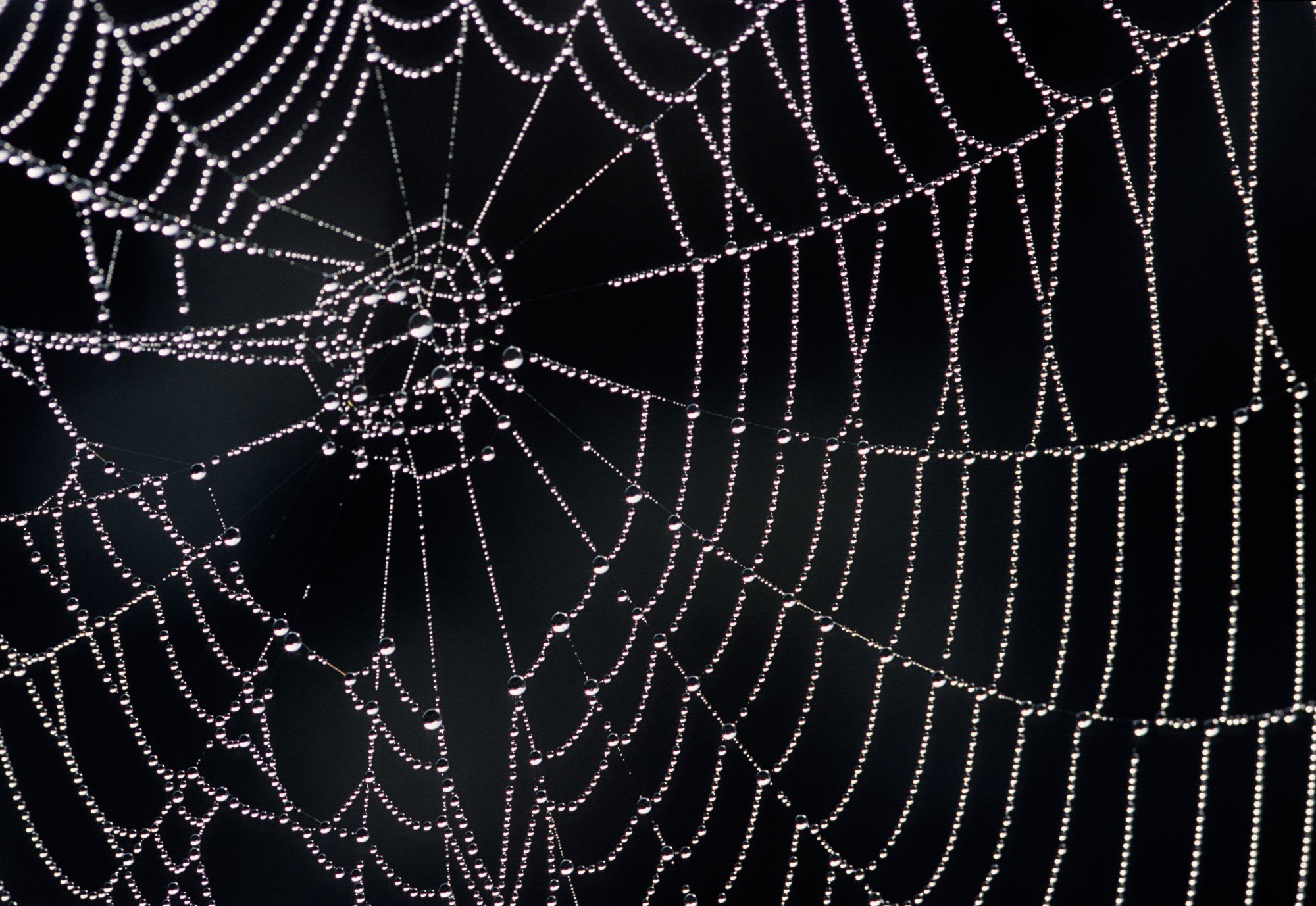 How spider webs achieve their strength, MIT News08 janeiro 2025
How spider webs achieve their strength, MIT News08 janeiro 2025 -
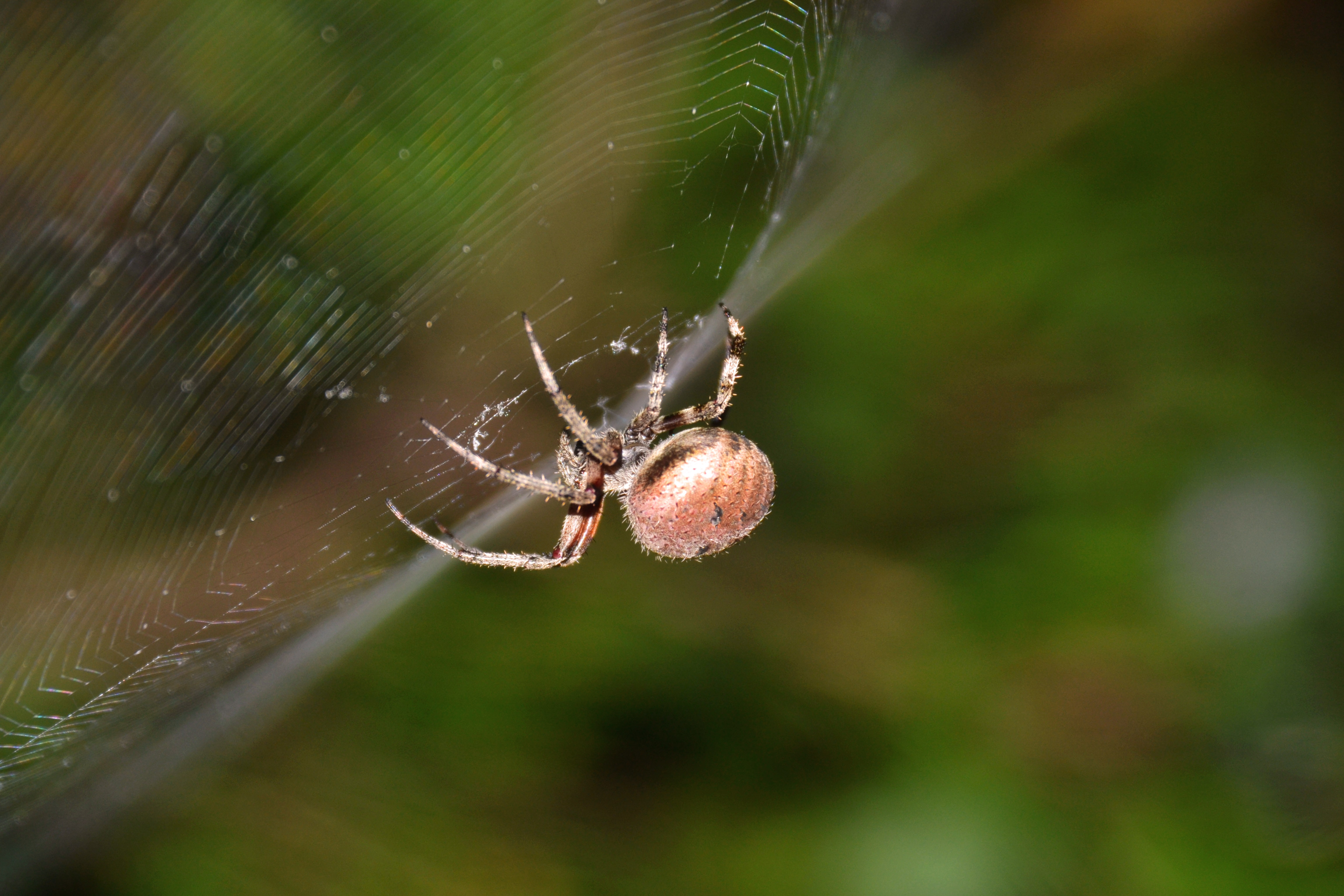 How to Recognize Spiders By their Webs - Bay Nature Magazine08 janeiro 2025
How to Recognize Spiders By their Webs - Bay Nature Magazine08 janeiro 2025 -
 Orb-weaver spider uses web to capture sounds08 janeiro 2025
Orb-weaver spider uses web to capture sounds08 janeiro 2025 -
 How To Draw a Simple Spider Web08 janeiro 2025
How To Draw a Simple Spider Web08 janeiro 2025 -
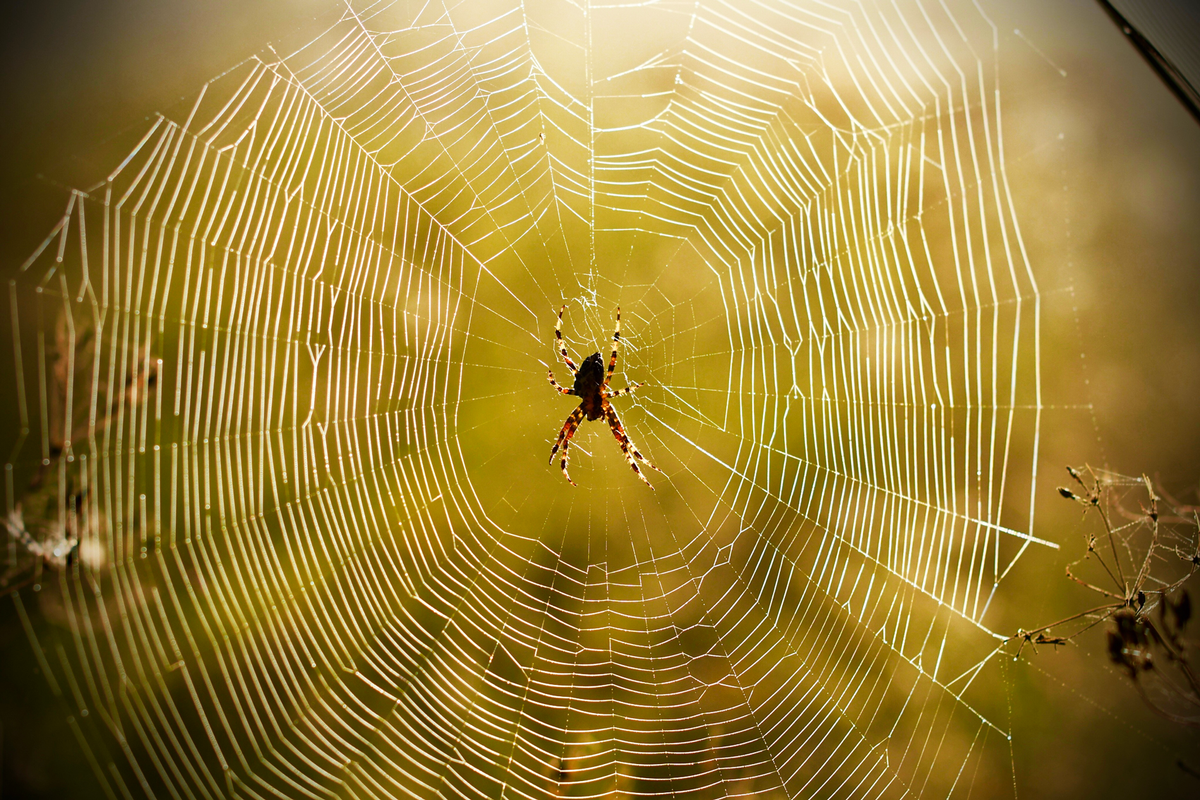 Sticky Science: the Evolution of Spider Webs08 janeiro 2025
Sticky Science: the Evolution of Spider Webs08 janeiro 2025 -
 15 COOL SPIDER WEBS08 janeiro 2025
15 COOL SPIDER WEBS08 janeiro 2025 -
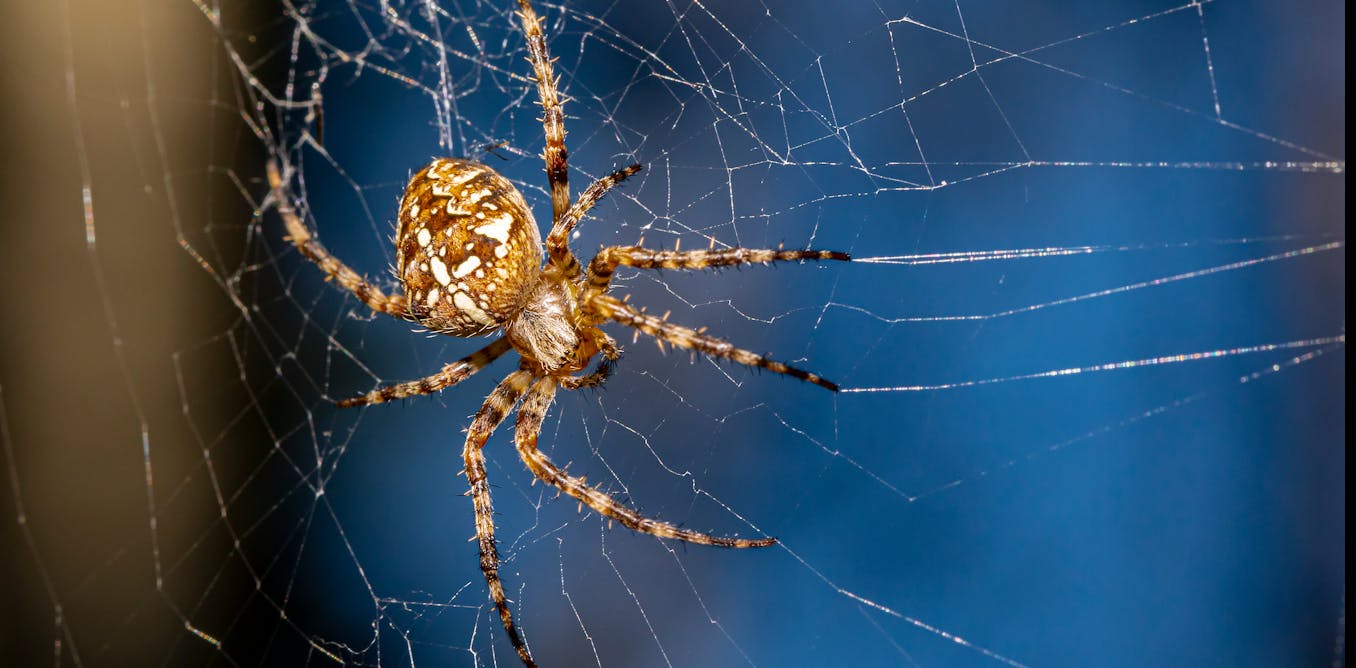 Spider legs build webs without the brain's help – providing a model for future robot limbs08 janeiro 2025
Spider legs build webs without the brain's help – providing a model for future robot limbs08 janeiro 2025 -
 How to Photograph a Spider Web: 16 Expert Tips08 janeiro 2025
How to Photograph a Spider Web: 16 Expert Tips08 janeiro 2025 -
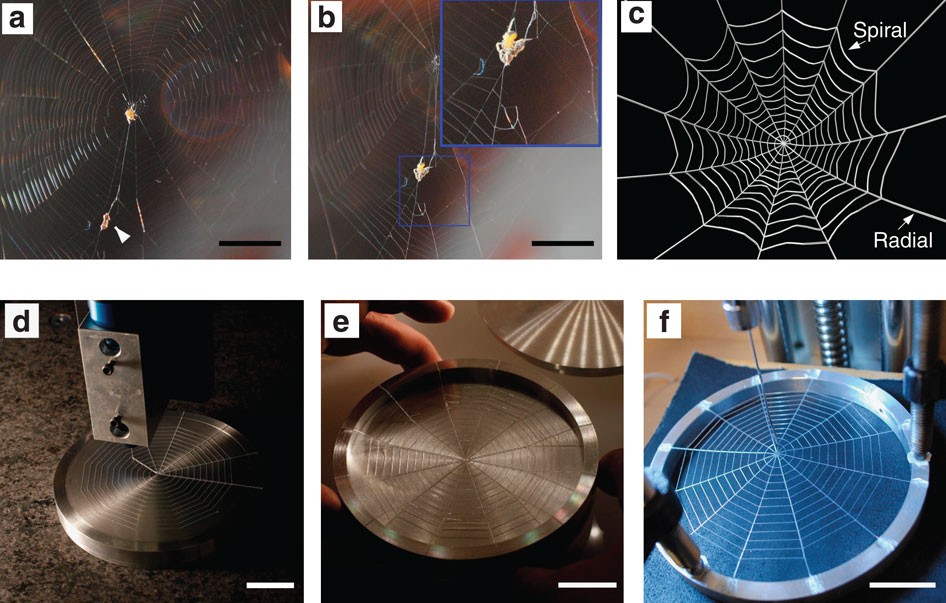 Structural optimization of 3D-printed synthetic spider webs for high strength08 janeiro 2025
Structural optimization of 3D-printed synthetic spider webs for high strength08 janeiro 2025 -
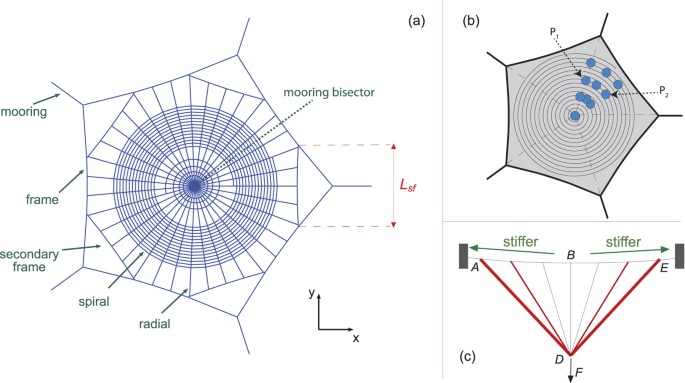 The secondary frame in spider orb webs: the detail that makes the08 janeiro 2025
The secondary frame in spider orb webs: the detail that makes the08 janeiro 2025
você pode gostar
-
![UPD7] Speed Race Clicker Codes: Free Pets, Trails & Energy [January 2023] : r/BorderpolarTech](https://external-preview.redd.it/Kc-cY4dhHmMvnoWbOfRgSbLE4_510oT1xXNg_NUPjgs.jpg?width=640&crop=smart&auto=webp&s=3b9eb1b520bc2a9ec6fc0eebcf989bc4be1d192e) UPD7] Speed Race Clicker Codes: Free Pets, Trails & Energy [January 2023] : r/BorderpolarTech08 janeiro 2025
UPD7] Speed Race Clicker Codes: Free Pets, Trails & Energy [January 2023] : r/BorderpolarTech08 janeiro 2025 -
 Kageki Shoujo!! (Manga) - TV Tropes08 janeiro 2025
Kageki Shoujo!! (Manga) - TV Tropes08 janeiro 2025 -
 JP plays original, Nova Skin08 janeiro 2025
JP plays original, Nova Skin08 janeiro 2025 -
 How Secret Invasion Chose Which Avenger Powers to Show Off in the Super Skrull Fight - Comic Book Movies and Superhero Movie News - SuperHeroHype08 janeiro 2025
How Secret Invasion Chose Which Avenger Powers to Show Off in the Super Skrull Fight - Comic Book Movies and Superhero Movie News - SuperHeroHype08 janeiro 2025 -
 Nintendo Direct 2022 May Debut In February; Featured Games And Announcements Details Leak Online08 janeiro 2025
Nintendo Direct 2022 May Debut In February; Featured Games And Announcements Details Leak Online08 janeiro 2025 -
 Lançamento - Hockey Papa Pizza - Broker Distribuidora08 janeiro 2025
Lançamento - Hockey Papa Pizza - Broker Distribuidora08 janeiro 2025 -
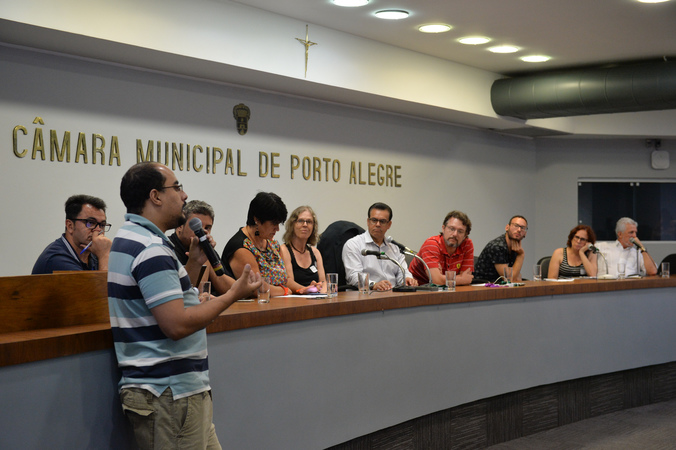 Professores criticam impasse em eleições e posse de diretores de08 janeiro 2025
Professores criticam impasse em eleições e posse de diretores de08 janeiro 2025 -
 Google cria ferramenta para testar jogos antes de baixá-los na Play Store08 janeiro 2025
Google cria ferramenta para testar jogos antes de baixá-los na Play Store08 janeiro 2025 -
 Conjunto de sistema de console de jogos PS5 Disc Edition – Plus08 janeiro 2025
Conjunto de sistema de console de jogos PS5 Disc Edition – Plus08 janeiro 2025 -
Tropa do Calvo – música e letra de Mc Thor08 janeiro 2025
